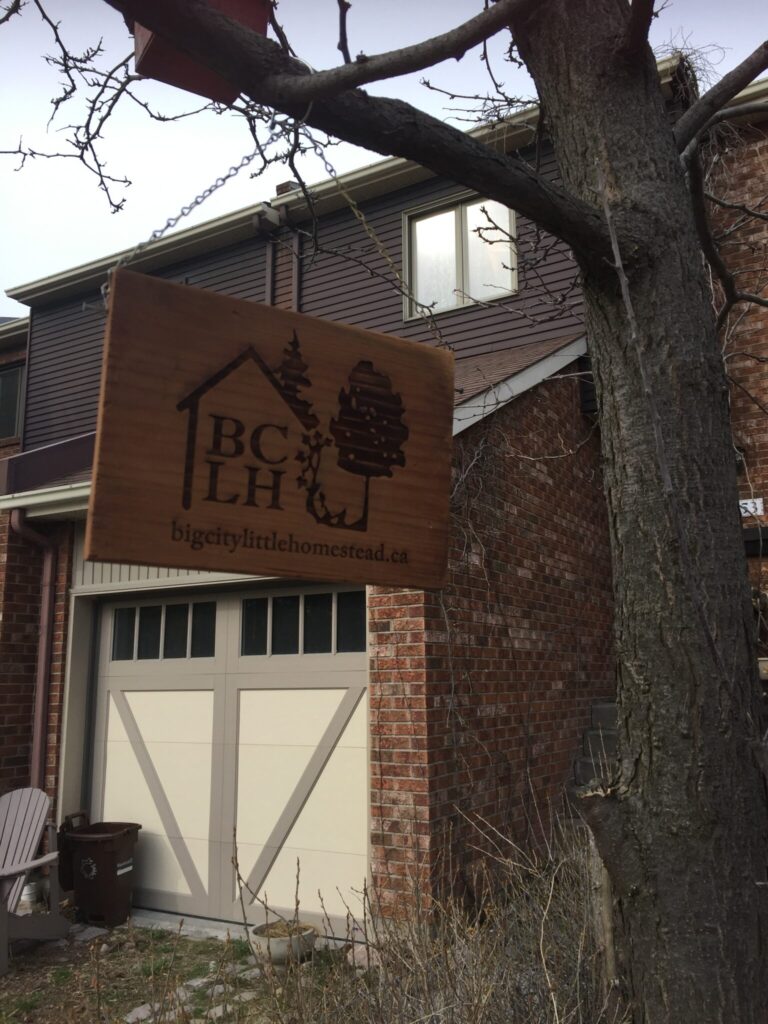I’ve long used a clothesline to dry my laundry out in the sun and fresh air. When I first moved in, I installed a “clothesline elevator” at the back door. It’s a device that raises and lowers the pulley by about a meter, so that the laundry hangs high overhead.
When I shortened the deck in September 2012, the 2×4 supporting the clothesline’s pulley came crashing down. The screws that held it in place left scrappy holes in the fencepost (same fence post, reused here) from all that tension. The only other place I found to install the pulley made for a shorter clothesline. Loathe to cut the line without having considered all my options, I took the clothesline down for the winter.
My laundry room already has two shower rails to hang clothes from. I also have a clothes drying rack. And this past summer, we had a humid spell that was making my posters and photos curl in my basement, so I acquired an old dehumidifier. It turns out it is the perfect solution for drying clothes indoors on a cool autumn or cold Canadian winter day (it even produces a bit of heat).
Why a dehumidifier is superior to a standard clothes dryer
The annual average cost of running a dryer is $160 (calculated across a few websites, lately). So, after the necessary but variable cost of running baseboard heaters and your refrigerator, your clothes dryer is literally the biggest energy draw in your home. It’s obviously not necessary when you can use a clothesline. But when you run it in winter, you’re virtually throwing money out the window!
When you run a bathroom fan, kitchen fan, or the clothes dryer, you’re venting out air that’s been heated. This depressurizes your home, which will suck cold air in through the cracks, seams, and other places where air infiltrates. Rather than create a pressure differential (and heat the air twice), it makes a lot more sense to use a dehumidifier in the laundry room. The dehumidifer pulls the water out of the clothes in a matter of hours.
My dryer is about 20 years old and brags that it uses 111 kWh per month. Hardly an EnergyStar! I don’t know the rating on my dehumidifier, but it’s surely lower than that, and it’s not dragging cold air for ambient heating. The residual heat of the unit is a bonus, and the water from the reservoir can be used for watering the plants.
Another obvious advantage is that there’s less wear-and-tear on your clothes, and for certain fabrics, less shrinkage! This is a priority in Europe, where they care slightly more about the care of one’s clothes and so typically use better drying options (check out this blog post on the Green Home Building Advisor website).
So I’ve started using the dehumidifier in my laundry room. I’m impressed with the drying time (about 2 hours) and the state of my towels—they don’t dry stiff. The only part I miss is the de-linting that a good tumble dry can do. Should that be a problem for a few sheets and garments, I can take them to the laundromat for a 10-minute tumble to solve that problem.






















